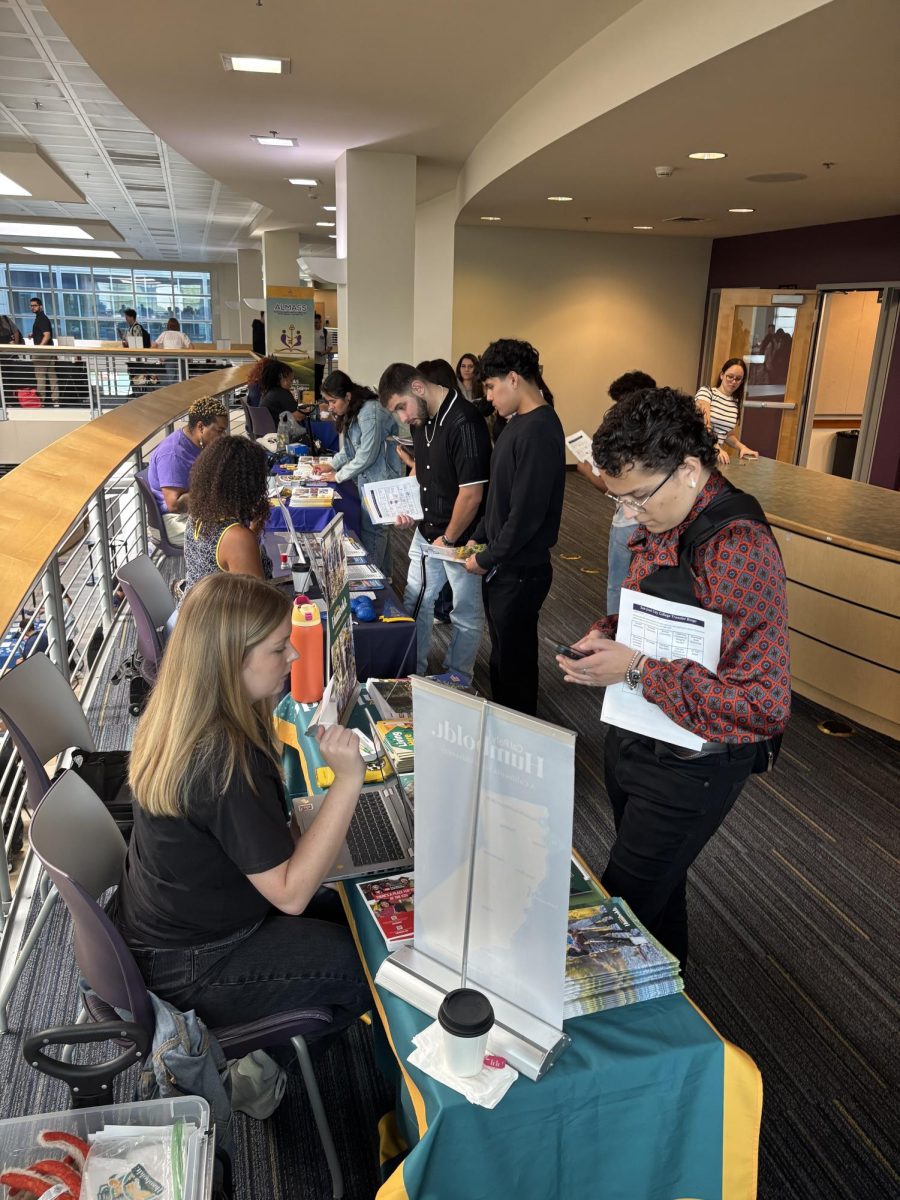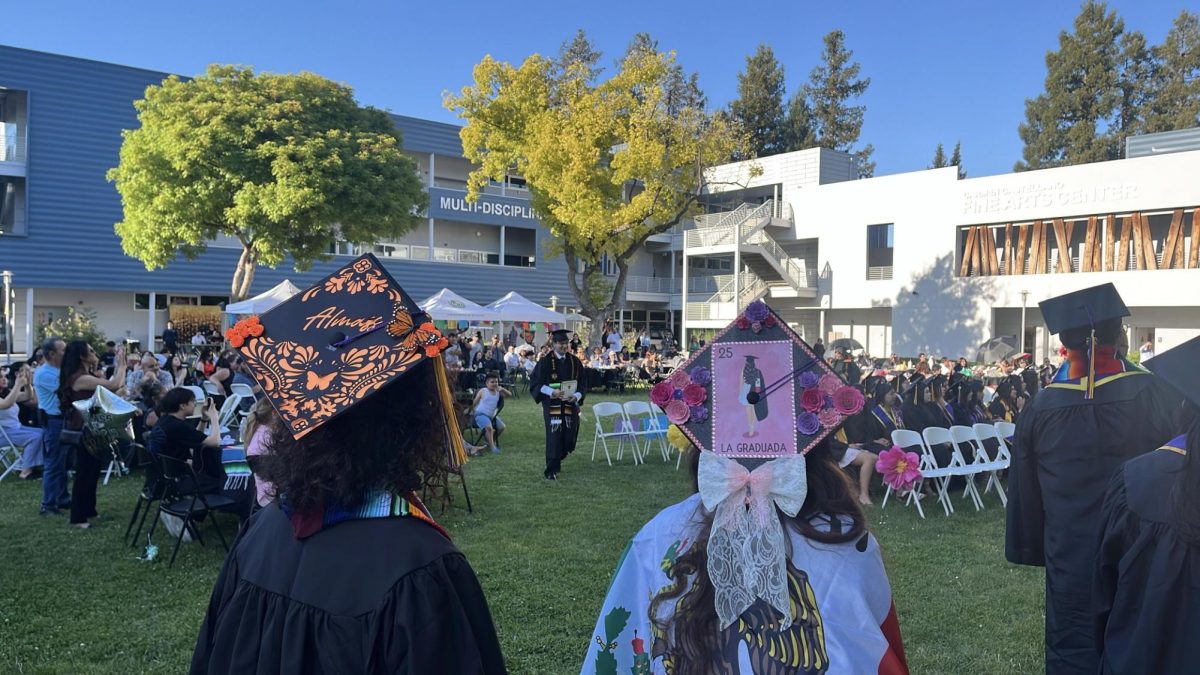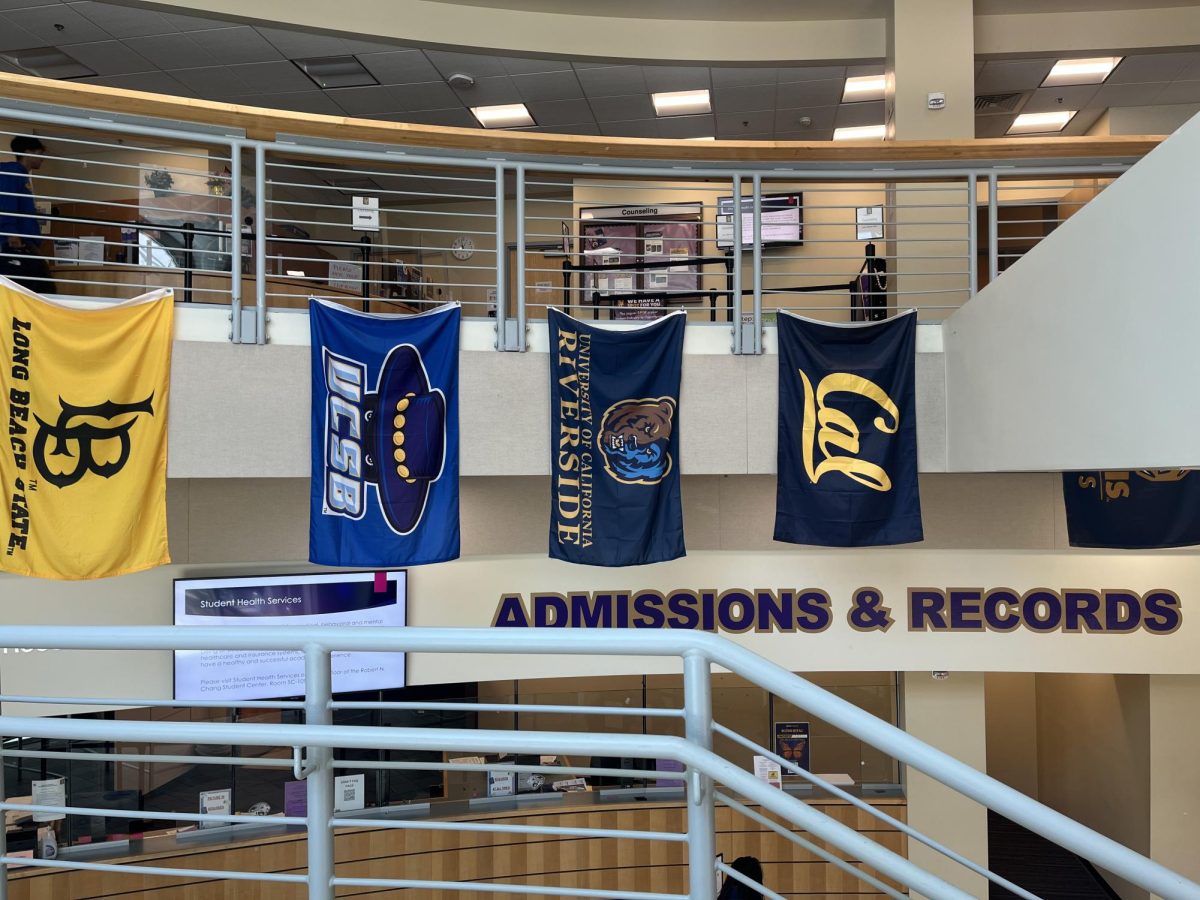Guidance 96 helps students graduate
If you are just starting college, it can be daunting not knowing what major or occupation to pursue, or what classes to take.
Students with an education plan will have a better understanding of what major they want to pursue as well as what courses they need in order to graduate.
An education plan is a chart that lists the general education and major courses required for graduation. It creates a schedule based on these courses for each semester until graduation.
Students are recommended to look into signing up for Guidance 96 in the fall if they are undecided about their future.
“I would recommend that new students take a guidance class get connected to a counselor and to get information about how to do this thing that they are here to do, college, and how to move forward,” said Priscilla Santos, counselor and Guidance 96 instructor.
Guidance 96 is a career and life planning course that is designed to help students figure out what occupation is right for them and what major will get them there.
Students do this by taking several assessments that will create a list of careers. They then research their top five and eliminate four.
After students have selected their top occupation, they select the major they need to pursue and begin creating their education plan.
Students are taught how to create balance between both their class schedule and personal life.
Santos said you want to find out what kind of classes you enjoy, and which classes may be a challenge for you.
Having a well-balanced schedule with general education and major courses will keep you motivated and give you something to look forward to.
Upon completion of your plan you will know your graduation date.
It is important to “see a counselor at least once a semester,” Santos said.
Many students who have an education plan take their courses and never meet with a counselor.
Counselors are here to help guide you through your education. They can inform you of any requirement changes and guide you through the application and transfer process.
“I also tell my students that I come from counseling,” Santos said. “When you are in my class, look at it as if you were having a counseling appointment twice a week for an hour and 25 minutes.”
If you are currently pursuing a certificate, you may want to look into switching to a transfer program.
Sometimes the difference between transfer and non-transfer programs are a couple of classes.
By switching to a transfer program you will finish your general education, leaving you an open opportunity to pursue higher degrees in the future.






